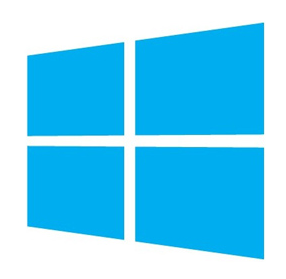Microsoft Windows 10 was released on 29 July 2015. Since then it’s been installed on over 100 million computers worldwide. In general, those who’ve successfully installed Windows 10 like it – or at least don’t hate the way they did when Windows 8 first came out. Although Windows 10 offers many improvements, for the vast majority of business users its improvements aren’t compelling enough to go through the pain of upgrading.
Nonetheless, Microsoft has put a lot of effort into encouraging all Windows 7 and Windows 8 users to upgrade to Windows 10. For instance, Microsoft quietly installed the Windows 10 downloader on all Windows 7 and Windows 8.1 computers, using the Windows Update process. This downloader regularly nags, er encourages, you to begin the upgrade process. We felt that these messages were intrusive and misleading, in that they don’t warn users of the potential problems that upgrading might cause. So we disabled it on all the computers under our support.
Although many have been able to upgrade without major problems, a significant number of users have experienced major issues and frustrations. Here are a few: https://twitter.com/hashtag/windows10fail
As a result, many have had to “uninstall” Windows 10 and revert back to their original operating system. This recovery process can cause additional problems.
The chance of running into problems increases significantly on older computers, computers with insufficient memory or disk space, and computers running older software applications.
Our recommendation
If you’re using a computer that’s running Windows 7 or Windows 8.1, and it’s working reasonably well, there is no compelling reason to upgrade to Windows 10. Microsoft will continue support Windows 7 until 2020 and Windows 8.1 until 2023. There’s no urgent reason to move off these operating systems.
Windows 10 will eventually find its way into your organisation as old computers are replaced with new ones. That’s fine. Slowly introducing Windows 10 this way is the easiest and least disruptive method.
If you DO have a compelling reason to upgrade your existing computer to Windows 10, please contact us so we can help you through the transition.
NOTE: If you have Windows 8.1 and would like to have a Start button like the one you came to know and love in previous versions of Windows, contact us and we’ll get that sorted for you.

Recent Comments